A Newt is any member of the salamander family in the Pleurodelinae subfamily. Thus, technically all Newts are salamanders, but not all salamanders are Newts. The primary distinction between the two is that Newts often emerge from the water while salamanders do not.
Researchers recognize over 100 different species across the globe. Read on to learn about the Newt.
Description of the Newt
The various species come in a wide range of different colors, shapes, and sizes. For the most part, their body shape is similar to other salamanders. They have long bodies, long tails, and short legs. You can find red, black, yellow, white, orange, grey, and brown colored individuals.
Most species measure no longer than eight inches, and weigh less than an ounce.
Interesting Facts About the Newt
These creatures have a number of interesting traits and adaptations. Learn more about what makes them so unique, below.
- Toxicity – Many species produce toxins in their skin, and are poisonous when ingested. This adaptation helps them avoid becoming lunch! However, some predators, like garter snakes, have resistance to this toxicity.
- Skin Breather – Like all amphibians, these creatures have semi-permeable skin. This means that they can absorb oxygen directly through their skin from the water around them.
- Pollution Problem – However, semi-permeable skin has its downsides. Not only can they absorb oxygen from the water, but they also absorb pollutants and toxins. This can kill the individual, its eggs, or its larvae.
- Bioindicator – Because they are so sensitive to habitat change, these creatures serve as a way for scientists to recognize when an ecosystem is in decline. When the populations of these salamanders decrease, researchers know something is wrong. This is known as a bioindicator.
Habitat of the Newt
Each of the many different species has its own unique habitat preferences. However, they all live in regions that are in close proximity to water. Though they live close to water, and breed in the water, they spend most of their time on land.
Some of the different types of habitats that these amphibians live in or near include ponds, lakes, flooded regions, slow streams, marshes.
Distribution of the Newt
You can find different species across the globe. They live in North America, Europe, parts of Africa, and throughout Asia. The greatest diversity of species lives in Asia, followed by Europe, and a handful of species live in North America.
Each species has its own unique distribution and range. The populations of some species overlap with those of other species. Some live across vast regions, while other species live in just an isolated area.
Diet of the Newt
The diet of these amphibians varies from species to species. They are carnivorous, but mostly feed on invertebrates. Though some specialize in specific prey, most feed on just about anything that they can catch and swallow.
Some common prey items include worms, flies, insect larvae, beetles, snails, tadpoles, spiders, slugs, and more. Interestingly, many species also eat their skin after they shed.
Newt and Human Interaction
Like with all amphibians, human activity impacts populations heavily. Habitat destruction in particular causes severe decline. Water quality is incredibly important for the survival and reproductive success of these animals. Unfortunately, with the exception of a handful of common species, most of these amphibians are in active decline.
Domestication
Humans have not domesticated these animals in any way.
Does the Newt Make a Good Pet
Some species do make good pets. However, it is important to ensure that you never purchase a pet that was captured from the wild. Wild-caught animals can spread disease, and they reduce the viable breeding populations in the wild.
Newt Care
Each species has different care specifications. For the most part, these amphibians need access to water, but not nearly as much as other salamanders.
You must also carefully monitor the humidity and temperature in their enclosures to match the habitat of their wild counterparts. Most pets eat a commercially produced amphibian diet, as well as various worms, crickets, and other creepy-crawlies.
Behavior of the Newt
The precise behavior of these creatures varies based on the species at hand. Some species spend their nights hunting for food, while others forage during the day. However, all species spend most of their time on land, but in close proximity to water. During the breeding season, these creatures move into watery habitats to reproduce.
Reproduction of the Newt
Breeding season and courtship behavior varies from species to species. After mating, most females deposit eggs onto underwater grasses or other vegetation. The young hatch as larva after about three weeks.
Like frogs, young Newts metamorphose by slowly growing legs and lungs. Sub-adults, known as “efts” leave the water once their lungs have fully developed.


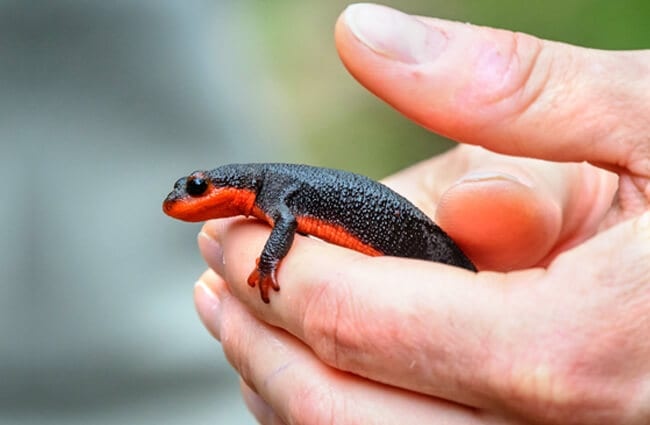
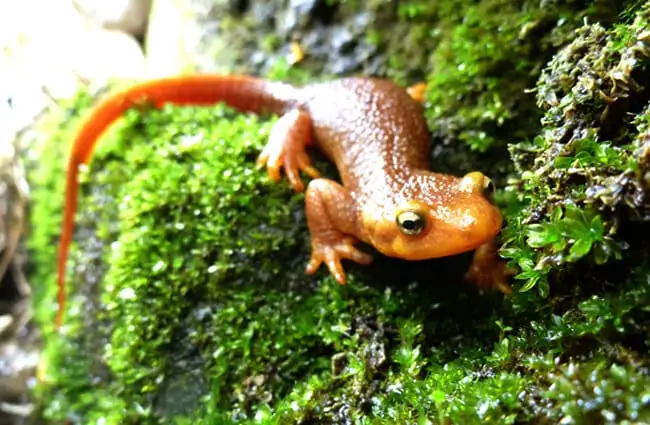
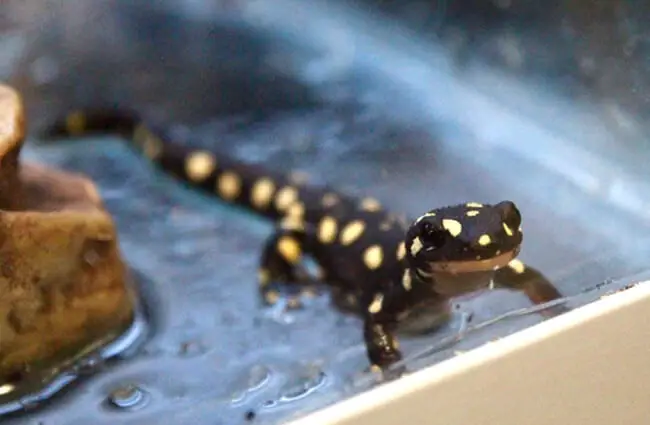
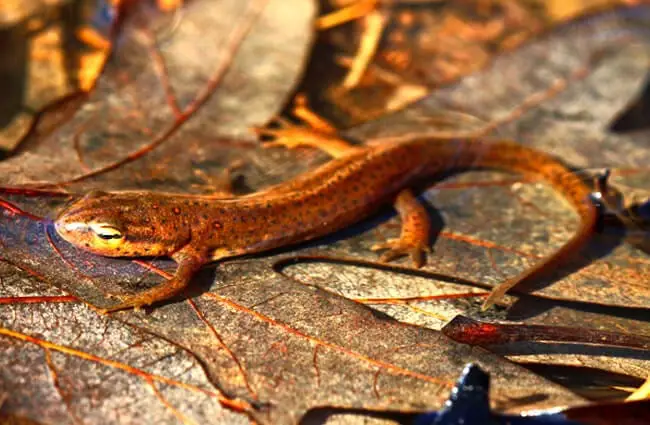
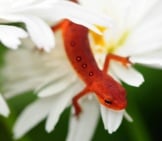
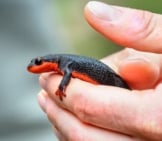


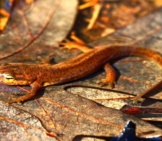
![Red Angus Closeup of a beautiful Red Angus cowPhoto by: U.S. Department of Agriculture [pubic domain]https://creativecommons.org/licenses/by/2.0/](https://animals.net/wp-content/uploads/2020/03/Red-Angus-4-238x178.jpg)












![Red Angus Closeup of a beautiful Red Angus cowPhoto by: U.S. Department of Agriculture [pubic domain]https://creativecommons.org/licenses/by/2.0/](https://animals.net/wp-content/uploads/2020/03/Red-Angus-4-100x75.jpg)

